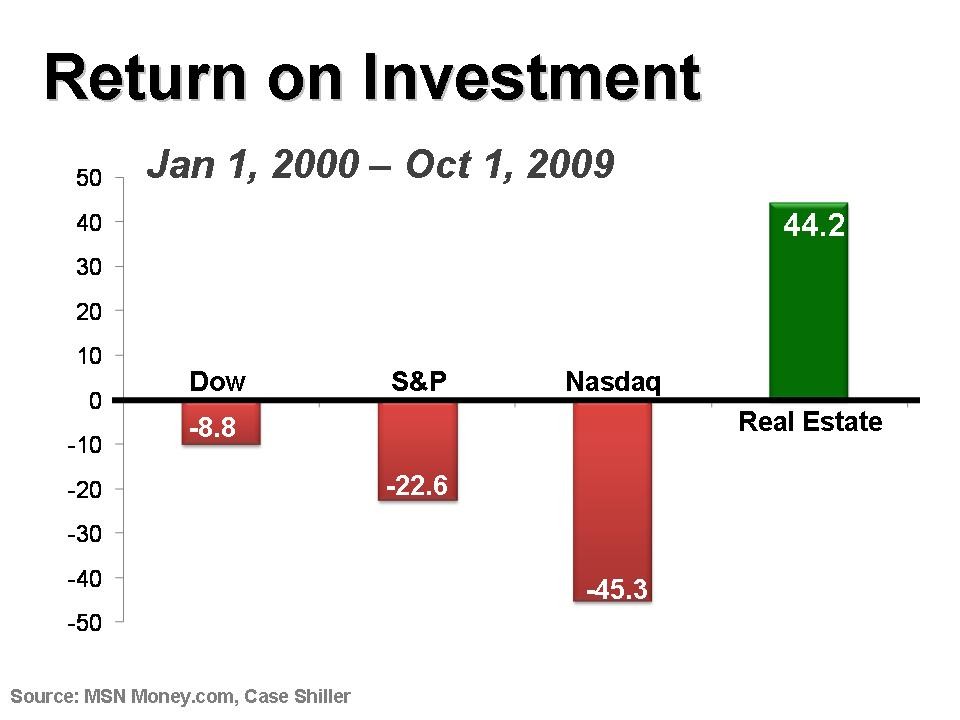Return on Investment_1
Post on: 16 Март, 2015 No Comment

by Russ Westcott
Return on investment (ROI) is a powerful tool to add to your repertoire of skills. It will help you sell quality improvement initiatives and enable you to demonstrate the benefits from such improvements.
Higher management is measured, evaluated and often compensated based on its contribution to the organizations bottom line. To sell a project to top management, you must use the language to which it best relates: profitability.
ROI is the ratio derived from the sum of the improvement benefits divided by the sum of the costs of the improvement. A 12-to-1 ratio, for example, means $12 of benefits were derived from every $1 of cost. ROI can help you justify the cost of quality improvement projects and loss prevention actions, determine the value of continuing a project already under way and determine the overall organizational effectiveness of an implemented quality initiative.
Quality improvement projects are often not subjected to preimplementation cost justification, and even fewer projects are evaluated after implementation. For most short-term quality improvement projects, ROI is an effective measure.
One example of selling a quality improvement initiative to top management occurred while I was working for a public utility in the mid-1970s.
I approached the VP and said, If you approve $8,500 for me to initiate a pilot program to improve division quality and performance, I will guarantee a documented payback of $20,000 within the next six months. Allow me to select 12 supervisors, and release me from my everyday responsibilities. Should I fail, fire me.
I spoke to him in the language of management and defined the consequences. I did get the $8,500 and my choice of 12 participants, but I was not released from day-to-day responsibilities.
When I proposed the initiative, our division was last for all measurements deemed critical. After the first pilot group documented a $72,000 ROI within the first three months, the VP agreed to expand the initiative, ultimately involving everyone in the division.
The initiative produced a documented net payoff of more than $1 million over the three-year implementation period. In that time, 72 projects were implemented, with ROIs ranging from 5-to-1 to 400-to-1. I didnt get fired; I launched a new career.
How To Compute ROI
To compute ROI, you need a baseline for comparison to measure an improvementa dollar value for the process, operation, product or service to be improved. These costs should include labor, materials, supplies and overhead. Dont overkill; just gather the more substantive costs.
Assume, for example, you want to remove a process step in an assembly operation and need to establish the ROI for eliminating the step. To do so, youll need data for the cost savings of removing the stepthe benefit.
In a typical run of 500 widgets, the savings benefit from eliminating the step is $4. An average of 43 runs are made per year, and the projected process change cost is $7,500. The projected annualized dollar benefit is 500 x 43 x $4 = $86,000. Divide that by $7,500, the annualized dollar cost of eliminating the step, and you end up with an ROI ratio of 11.5-to-1.
In another example, assume your customers unintended use of your product has resulted in product liability settlements of $434,000 in the last 12 months. Legal actions pertaining to both settled cases and cases not brought to settlement amount to $1,739,000 for the same period. A change in product design, retooling and recall of existing product aimed at eliminating the problem will cost $1,265,000. Using the previous years costs, you calculate $434,000 + $1,739,000 = $2,173,000. Divide that by the cost to prevent recurrence of the problem, $1,265,000, and you get an ROI of 1.7-to-1.
If the first-year estimated ratio is relatively small, or even negative, you can assume some prevention costs will still be required for subsequent years. If it will cost $126,50010% of $1,265,000to maintain, then the second year ROI would be 17.2-to-1.
While the ROI calculation can be extended past the first year, it is typical to deduct the entire implementation cost from the benefits derived in the first full year following implementation. For larger and longer duration projects, implementation costs can be amortized until the year in which payback occurs.
Its a lot easier to sell your project idea when you can propose an ROI. Dont exaggerate. Work with the people who will be implementing the improvement to ensure they agree with the estimates and the feasibility of the improvement. If they dont buy it, it probably wont be successful.
BIBLIOGRAPHY
- Phillips, Jack J. The Project Management Scorecard, Butterworth Heinemann, 2002.
- Westcott, Russ, How To Demonstrate a Return on Investment for Quality Improvements, Appendix G, Stepping Up to ISO 9004:2000, Paton Press, 2003.
- Westcott, Russ, Return on Project Invest-ment, chapter six, Simplified Project Management for Quality Professionals, ASQ Quality Press, 2005.
RUSS WESTCOTT is president of R.T. Westcott & Associates, Old Saybrook, CT. He is a Fellow of ASQ and an ASQ certified quality auditor and quality manager.














